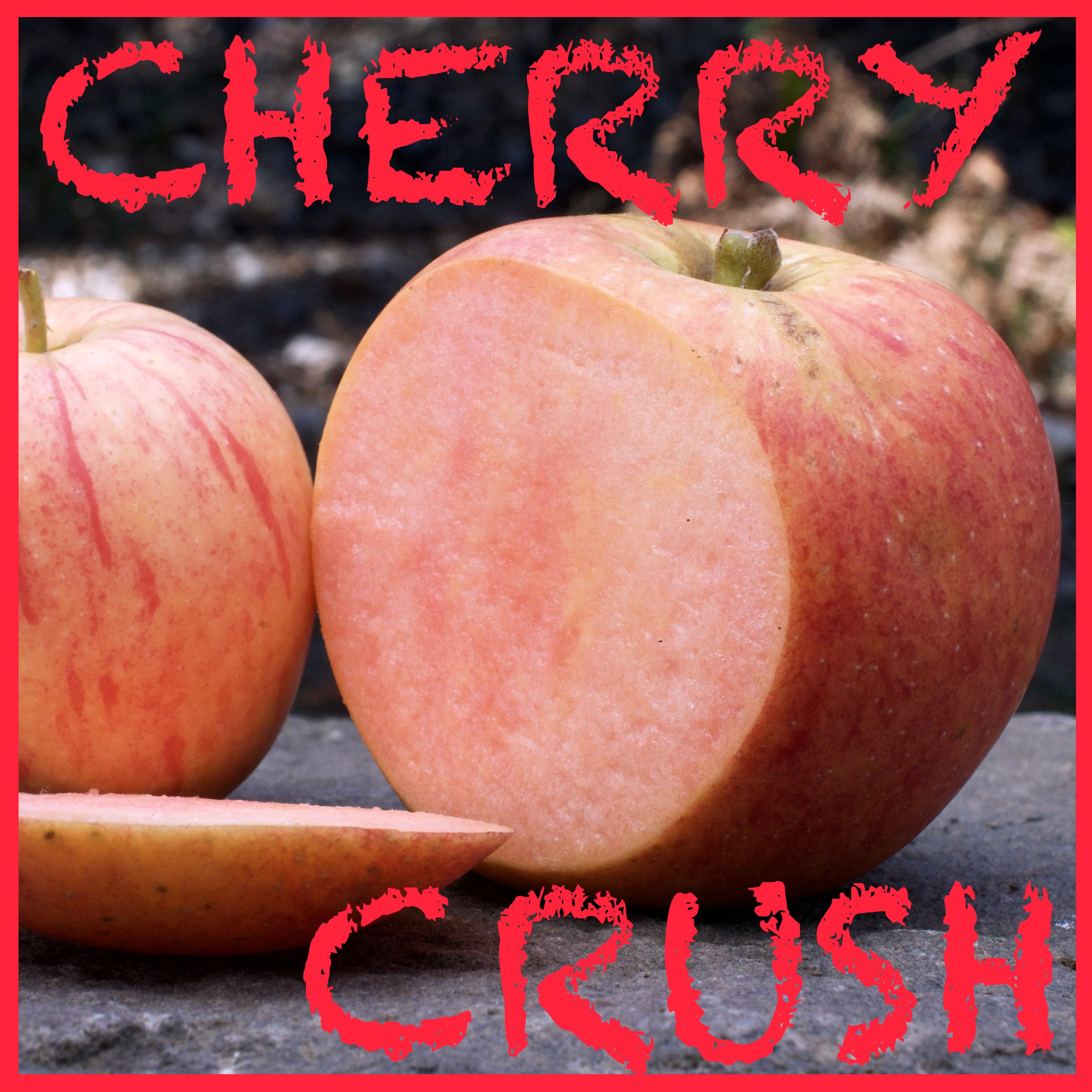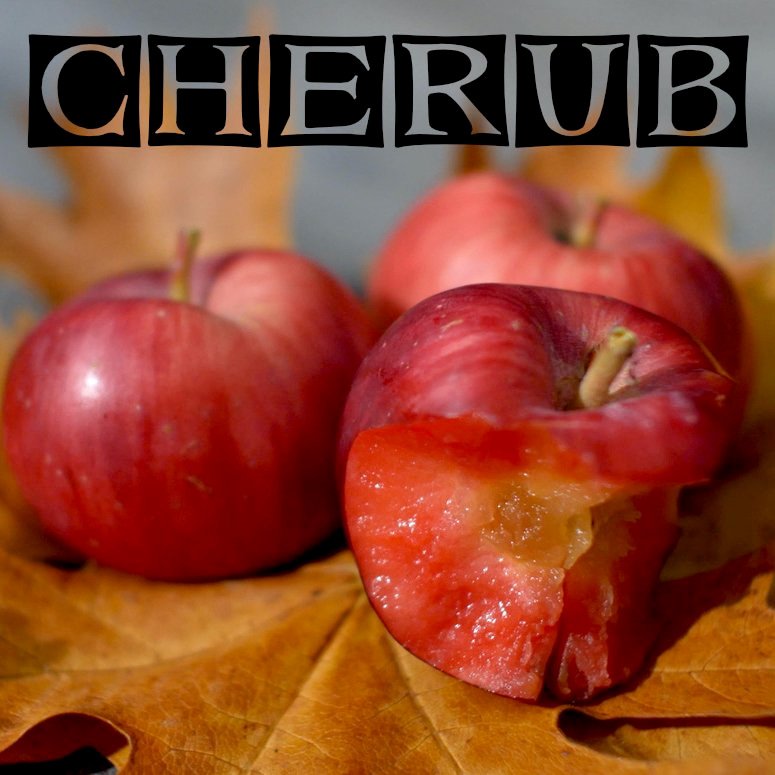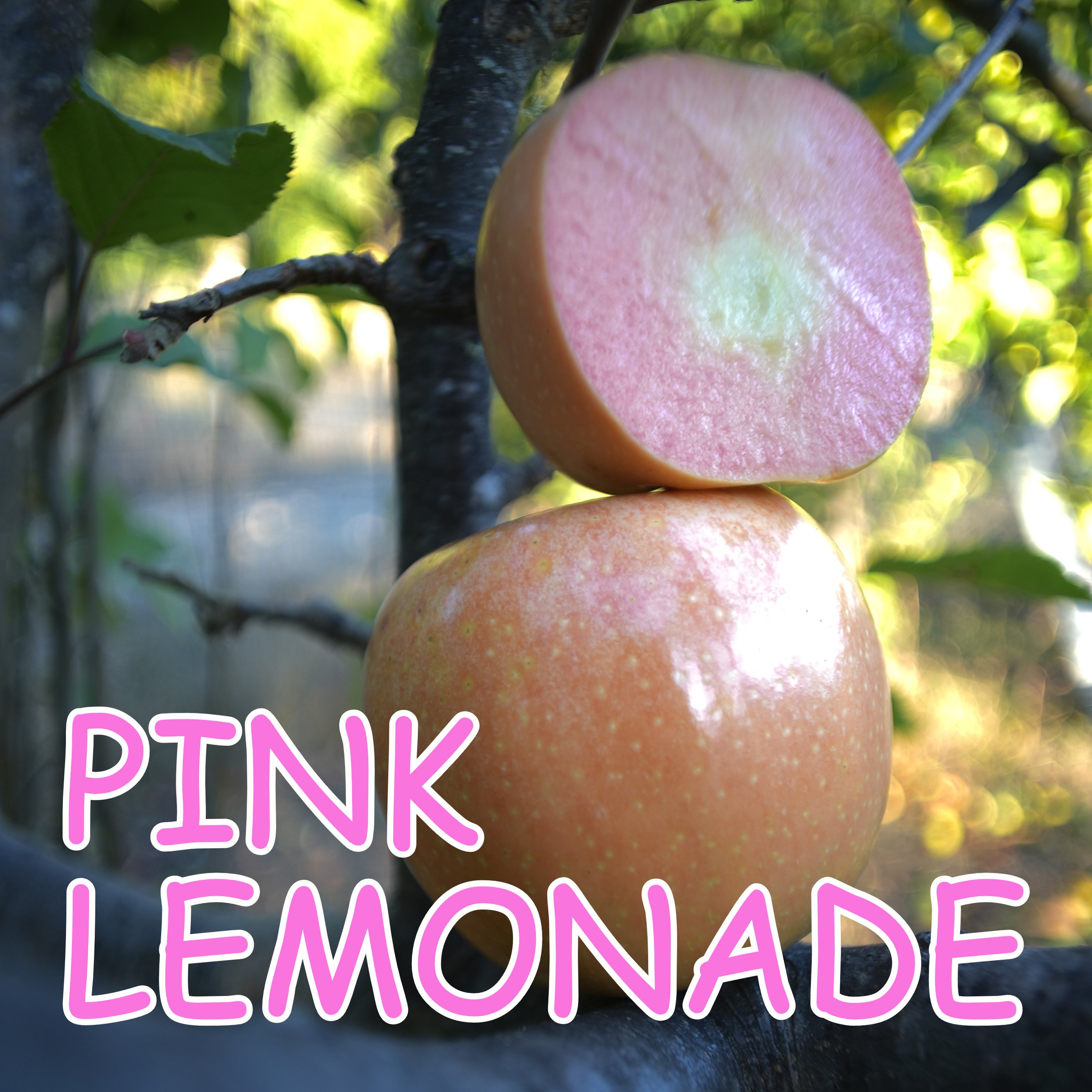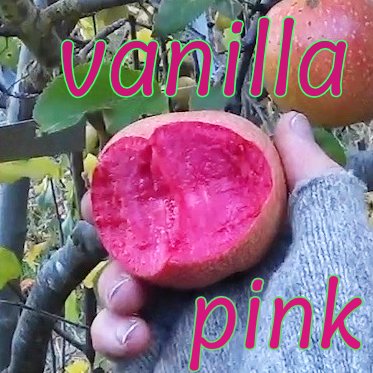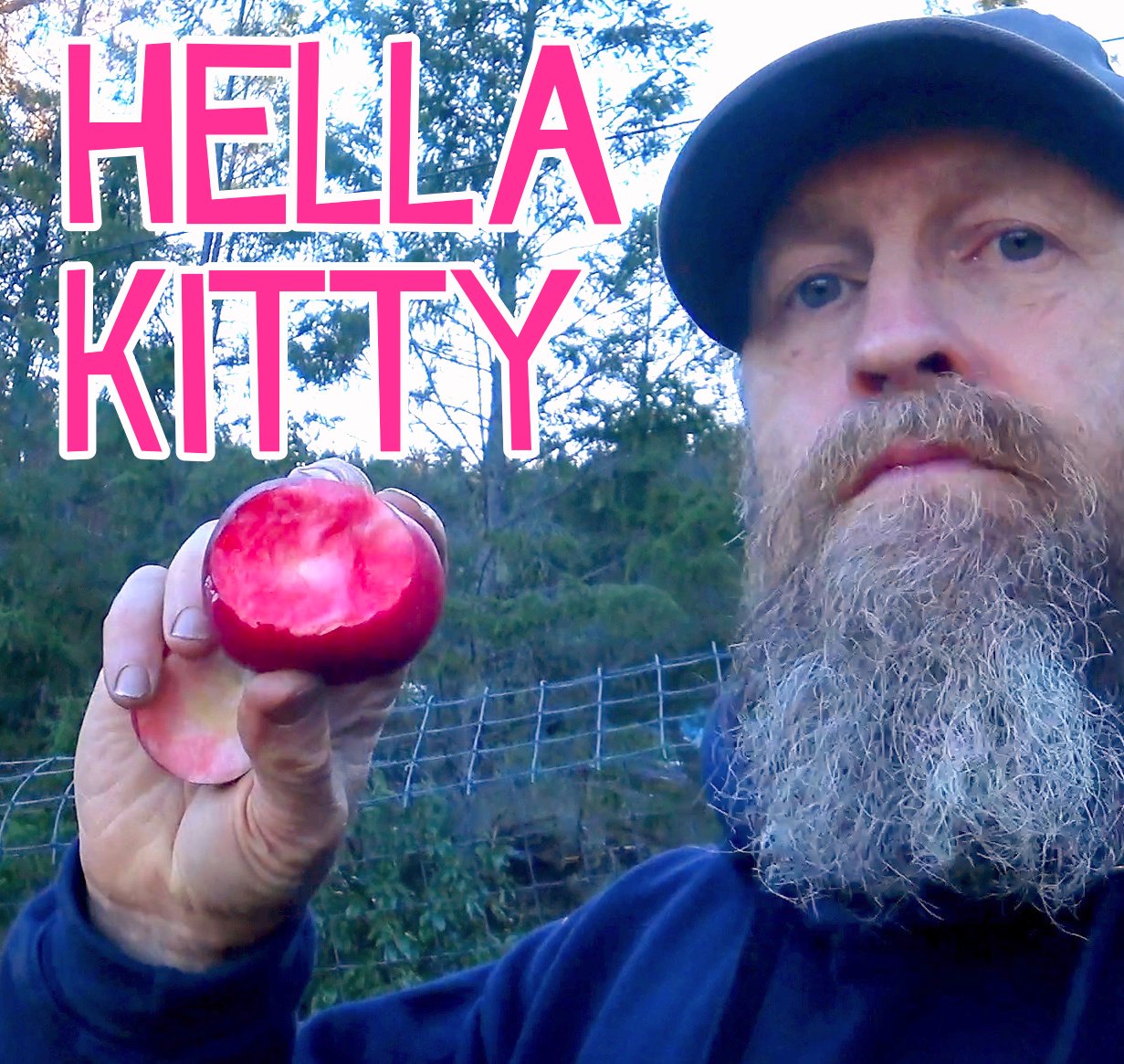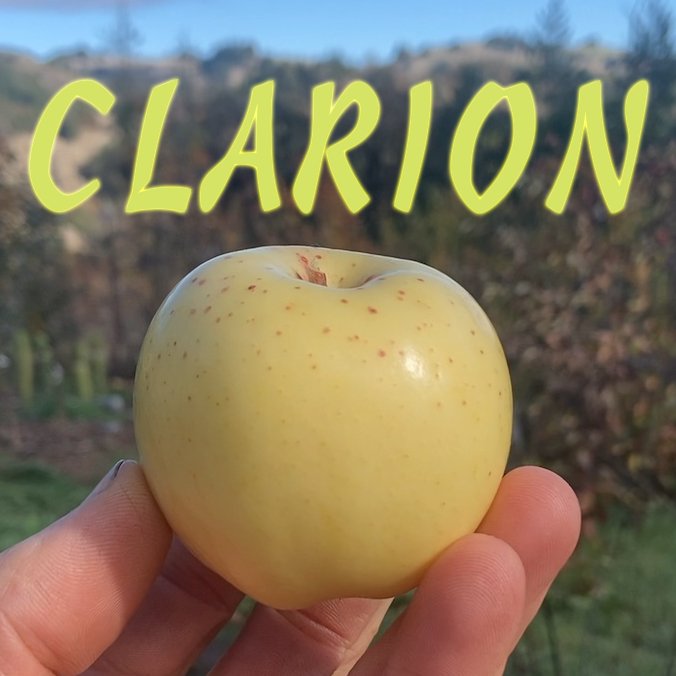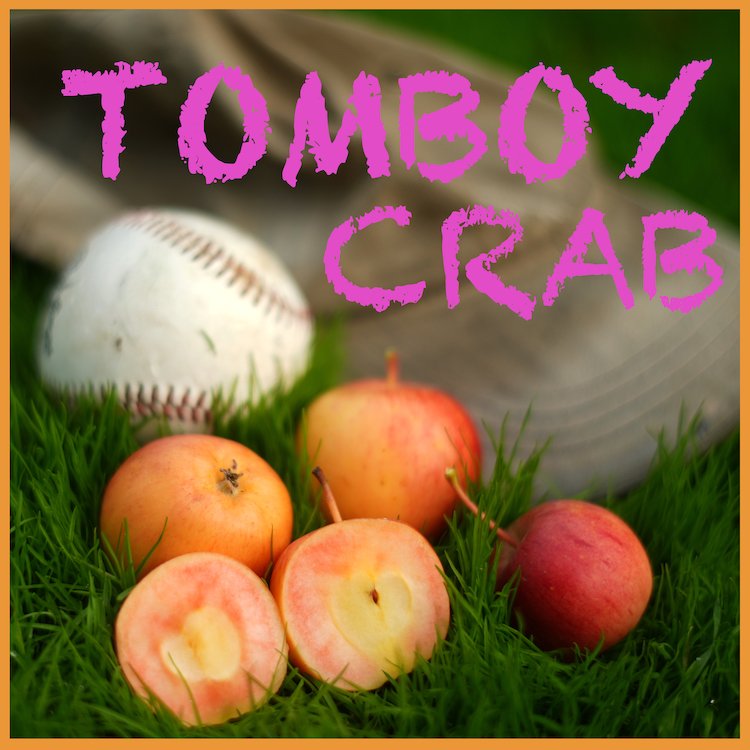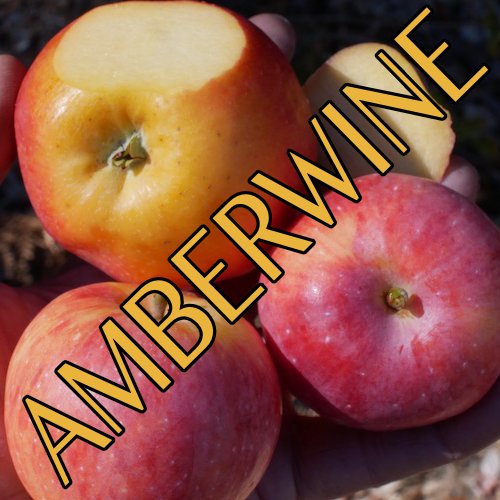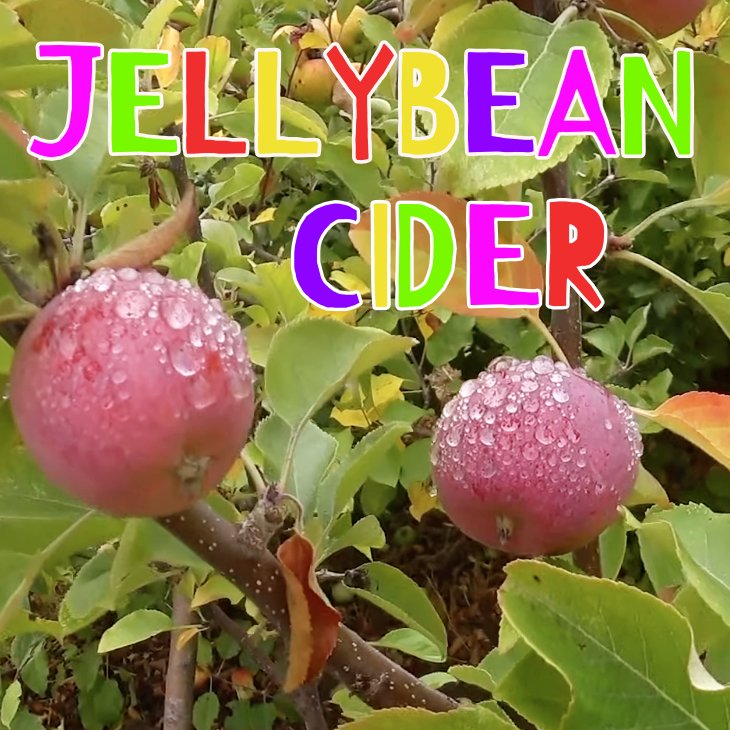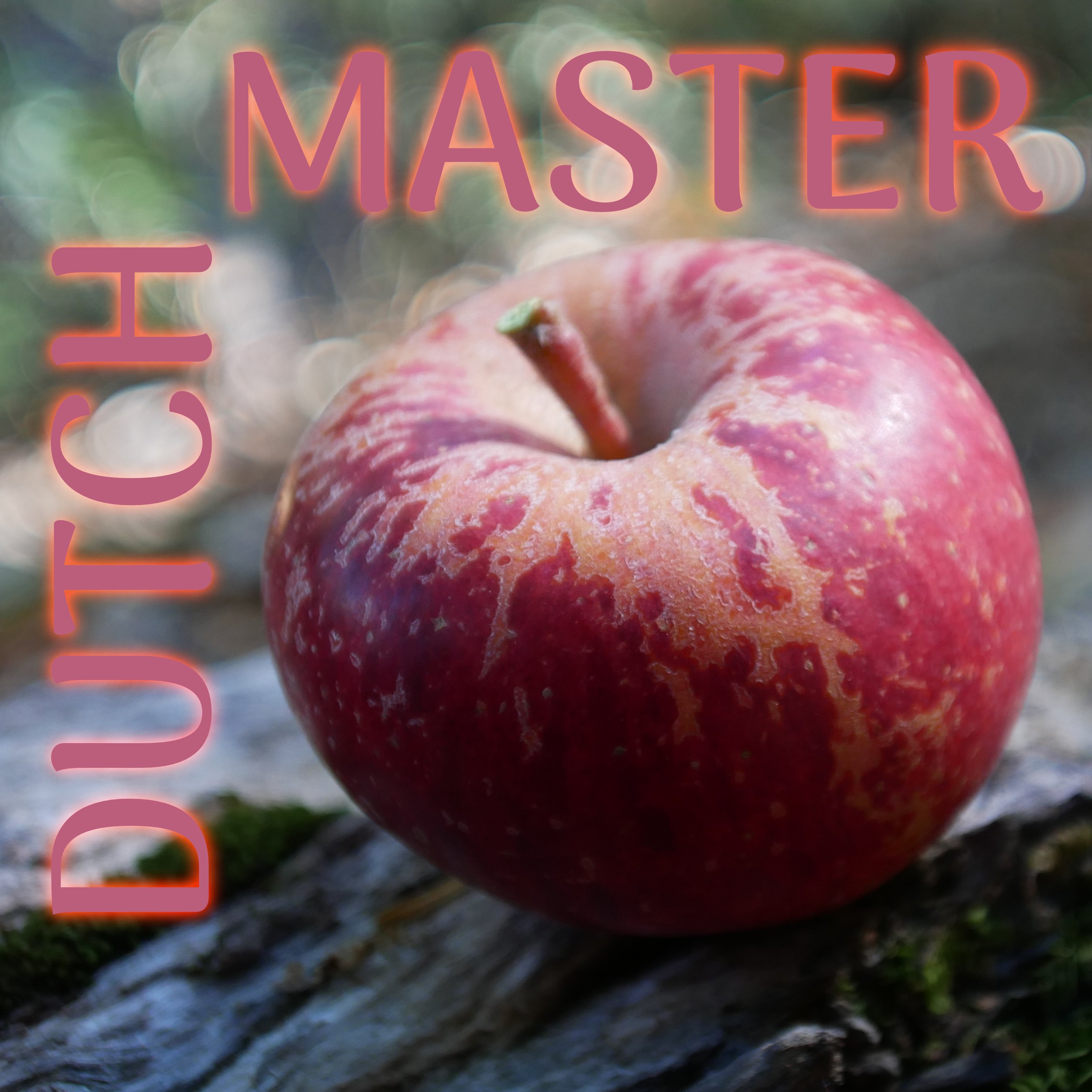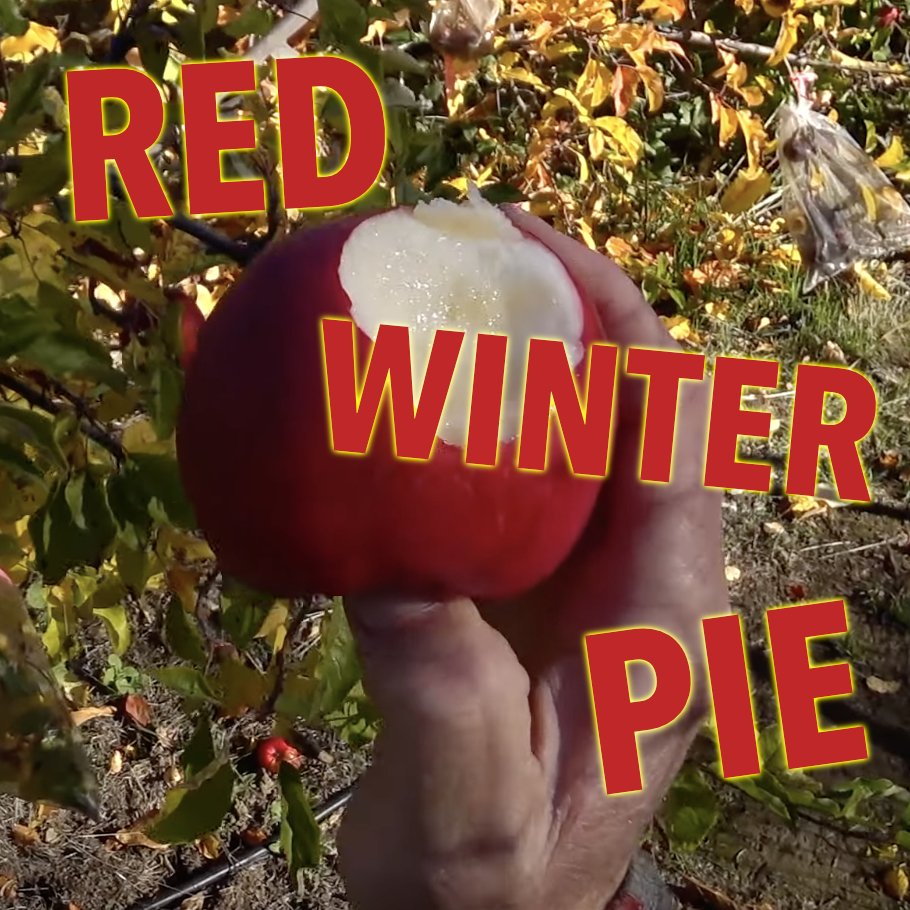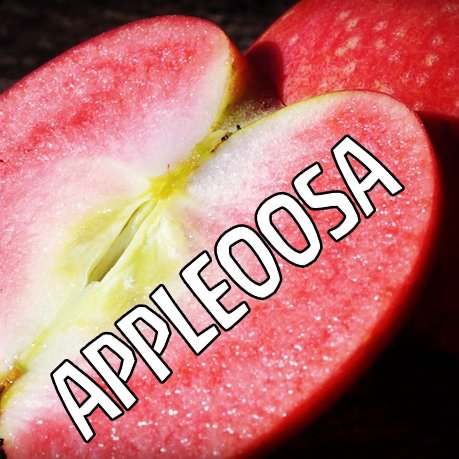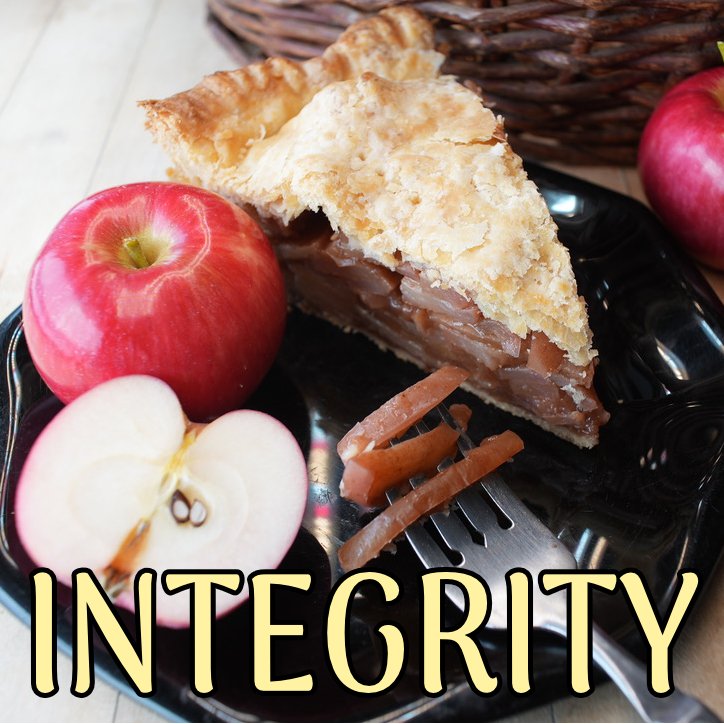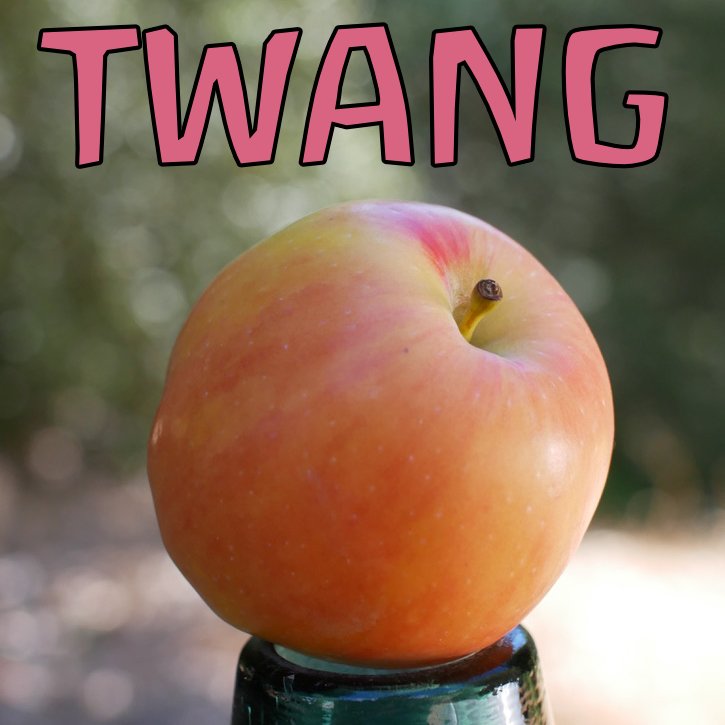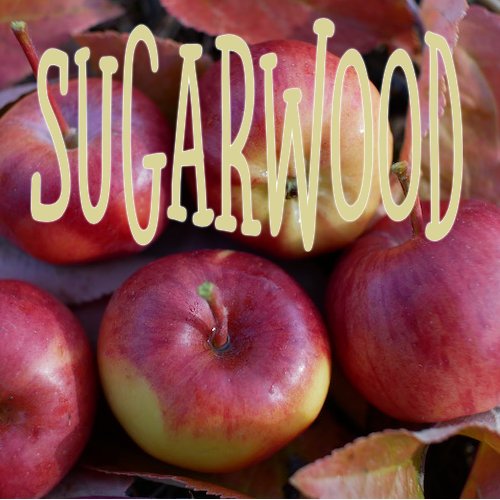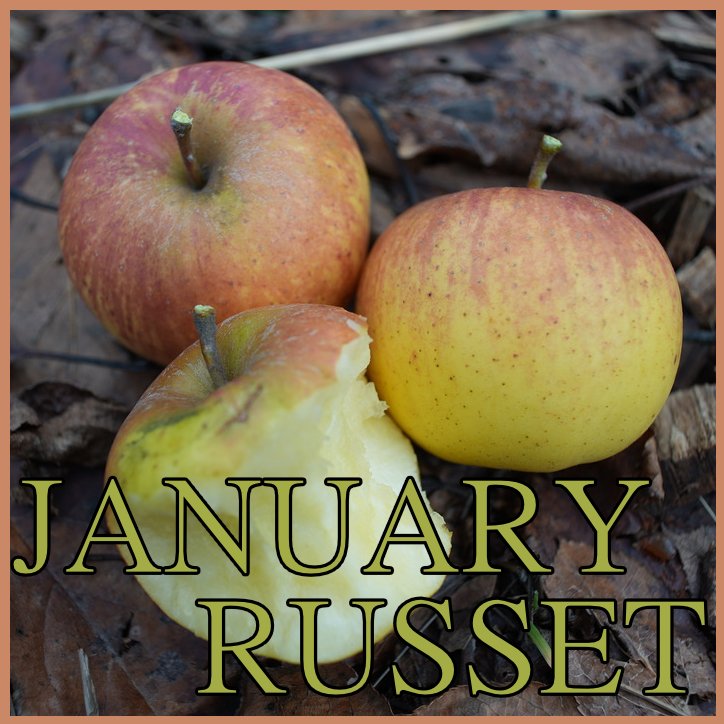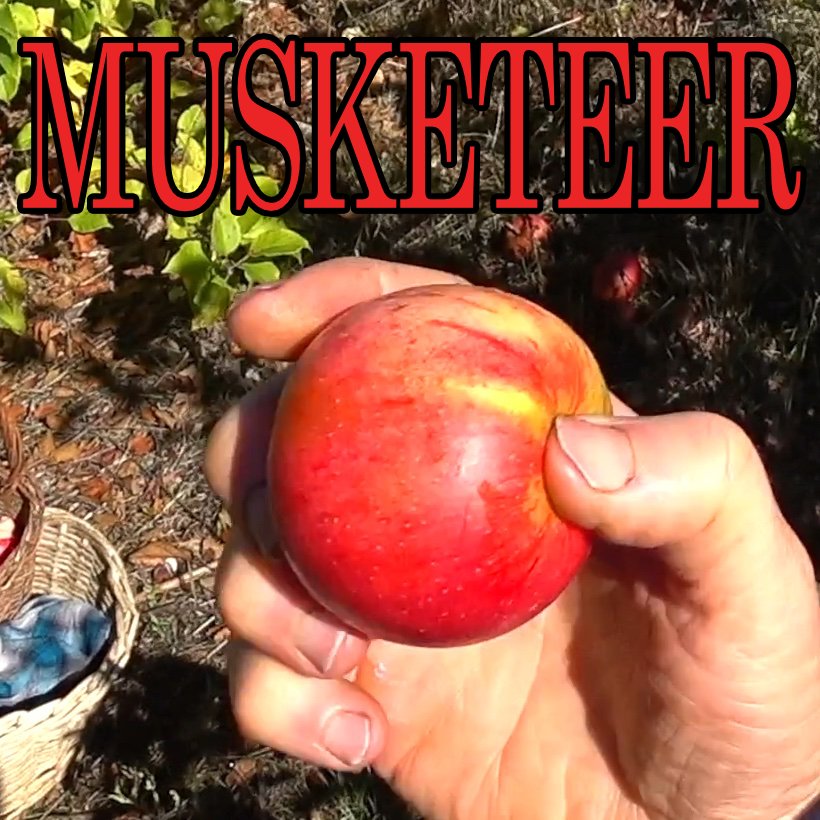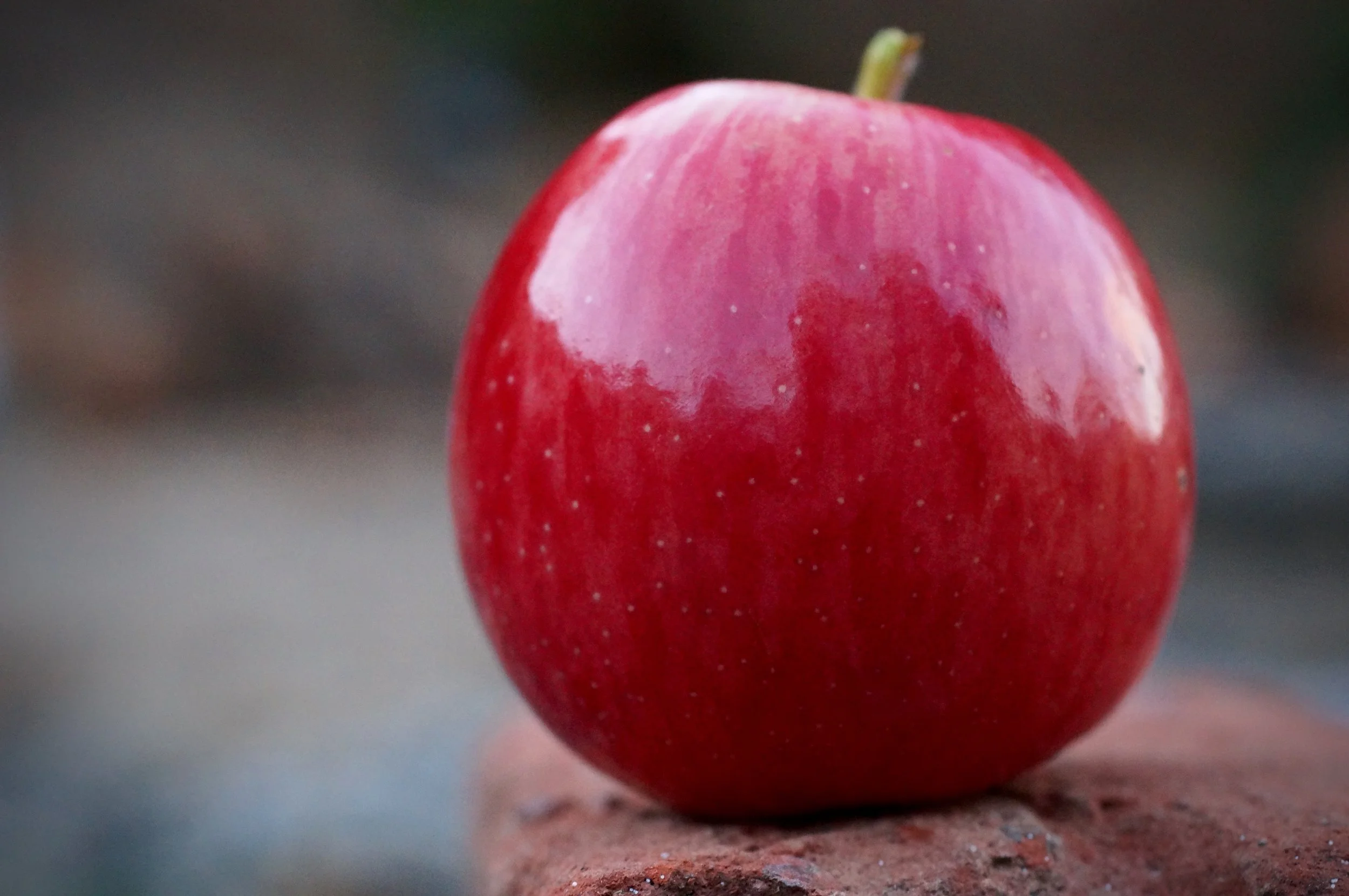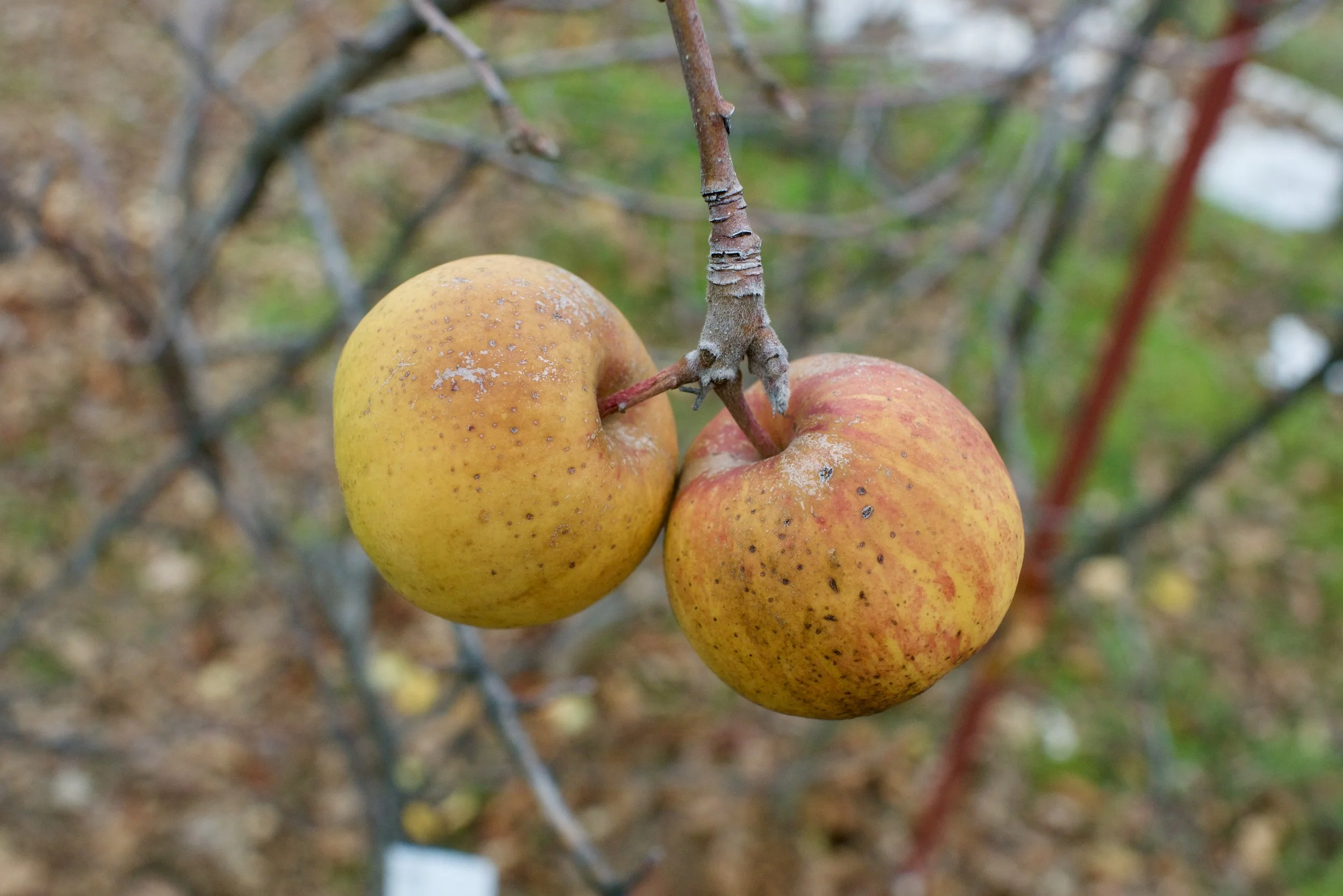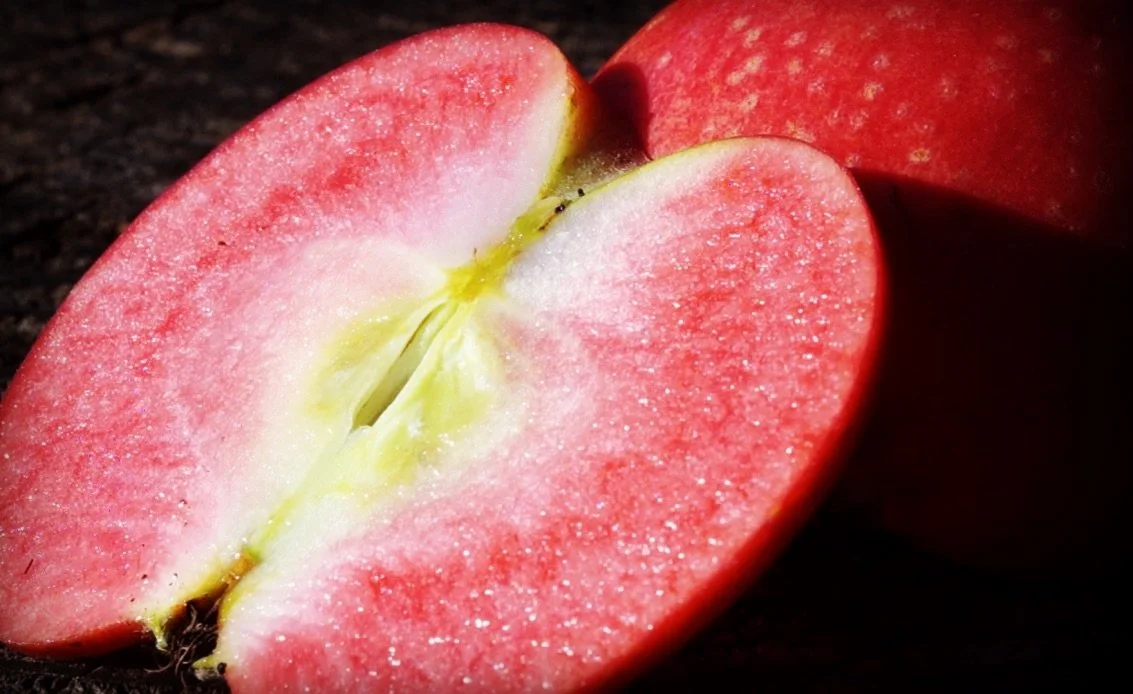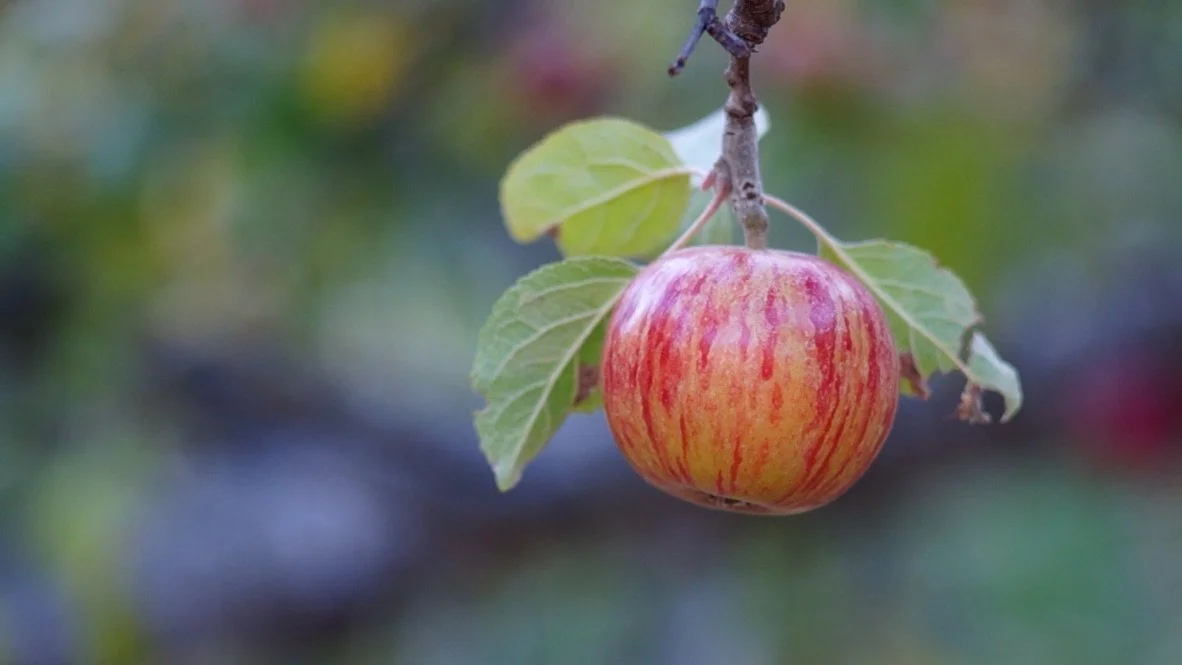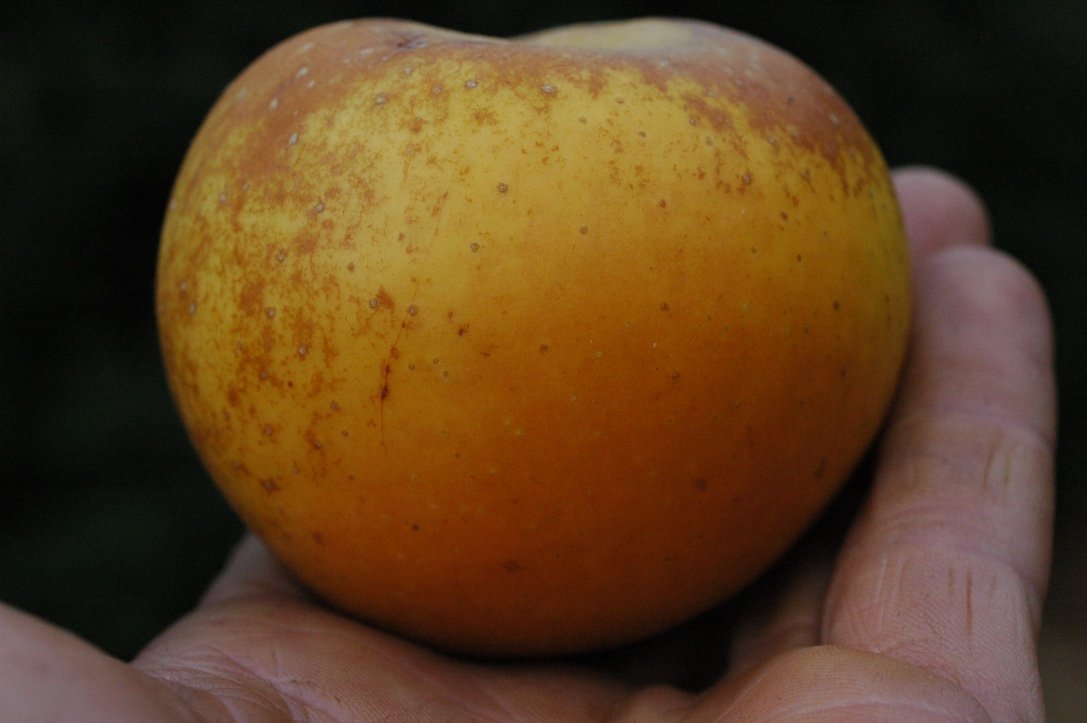THE APPLE BREEDING PROJECT
Some Seedling Apples from 2019
Welcome to my apple breeding project main page! Links from here go to articles, videos, blog posts and pages about the apple breeding project, There are also pages for each of the apples that I have selected as worthy of propagation and named so far.
I have been dabbling with breeding new varieties of apples since 2011. I now have a few fun and promising new varieties, and many new seedling trees that will fruit in coming years. As of 2022, that project is more or less on hold due to having to relocate from the homestead I’ve been on for 15 years and find a new place to carry out long term projects such as this one. I’ve made some real progress with this project already, but it’s just getting really exciting now, as I begin using my own seedlings to breed with. I send seeds out to other people to plant and grow through my webstore each Winter. I also provide apple pollen for breeding, and scions of varieties that I breed with or think are worth using as parents.
While the apples I breed may be interesting and maybe one or two will even be something of a legacy, the real legacy of this project is the many people that have been inspired to take up this pursuit themselves. I have heard from many people that are now growing out seeds, making cross pollinations and pursuing their own goals in amateur scale apple breeding. It’s very exciting and gratifying to see that happen. This project was never about just making new apple varieties. It is also about taking back responsibility for our food supply, by going back to being involved in breeding and selection of varieties. Apples are like the gateway fruit. They are incredibly diverse in appearance, flavor, texture, season and growing habits. They are also a very practical fruit and a lot of fun to work with. The best success for this project will be if those ripple effects continue to spread without me, and I think they will. So, even if I have to stop now, mission accomplished well enough I guess.
THINGS I’M BREEDING FOR
SAVORY APPLES: This is a classification I’m trying to instigate, because these apples are unique and we need a way to talk about them. There are also going to be a lot more of them soon, so we should be talking about them, and growing and eating them a lot more.
Some apples have what is called umami in Japanese, or savory flavor. This is a unique characteristic that is rare in apples. It is hard to describe in an apple. Other foods with a lot of umami are meat and fish, cheese, malt, seaweed, wine and yeast. While many apples have high aromatic flavors that hit certain parts of the mouth, those flavors are often short lived on the palate. A way to describe savory foods, including savory apples, is that the flavor lingers and builds and hits more parts of the mouth. It is a broader, deeper flavor that causes us to savor the flavor, making these apples compelling to eat.
Most of the apples I have tasted with a significant degree of this characteristic are from one breeding line started by Albert Etter in the early 20th century. The parents I’ve used are Wickson and Vixen, both of which have a lot of this flavor. I have also used Etter’s Muscat de Venus (umami bomb!) in breeding and my own Wickson seedlings. My seedlings that have this characteristic are BITE ME!, Amberwine, Cherub and a few more that are unnamed.
I personally have sent out thousands of Wickson seed pollinated by bees, and many hand cross pollinated seeds using Wickson as a parent. I’m now using seed crosses with my seedlings as parents. So it’s going to get very interesting pretty soon when all of those start fruiting! Once people taste these apples, they will become favorites with many. For now, a very, very small percentage of the populace has even tasted a single one. I’m trying to change that, by popularizing these apples, giving them a category so we can communicate about them more easily, creating more of them and enabling and inspiring others to breed more of them too. Read more about this project, and parents used for breeding here…
When well ripened, BITE ME! has a very intriguing and delicious savory flavor. Without it, this apple would be rather boring, with it, it’s one of my favorites here on the homestead. BITE ME! is my poster child for growing apples from seed. It was not only my first seedling to fruit, but it is open pollinated, meaning the other parent is unknown. The Seed parent is Wickson.
WINTER AND SPRING HANGING APPLES: In some climates, apples can hang deep into winter in excellent eating condition. A few can hang all the way through to spring, . I’ve managed to accumulate a good little collection of apples that ripen and hang into winter as far as February and possibly even March and April! I am pretty sure that we can breed apples that will ripen as late as April in good condition. That would be amazing. Fresh fruit is so much better than stored fruit! I’ve been making cross pollinations for this trait all along and already have a few seedlings that hang and ripen late. There are 4 basic criteria these apples need to meet. hanging steadfastly to the tree, actually ripening late, holding up to freezing and damp without falling apart and rotting, and of course they have to be good apples. Visit this page to read a more thorough treatment of this project. And if you have apples that will hang into winter in edible condition, I’m interested in acquiring cutting, so that I have more parents for this project.
Small, hard and impolite, this sugary seedling, dubbed January Russet, is very welcome fresh off the tree in the middle of winter. It’s parent Lady Williams, which ripens around the first of February, has yielded several winter hanging apples already.
CRAB APPLE GENETICS: Most will think of crab apples as bitter and sour. Many crabs actually have unique traits that can be carried over into other apples in breeding. The unique savory flavor of Wickson and other apples in that breeding line are good examples. The extreme crispness of the popular Honey Crisp came from the Malus Prunifolia crab. Apples with crab genes, such as Wickson, Chestnut Crab and Centennial are popular and frequently make it onto people’s favorites list. Not uncommonly, they are at the top of that list.
My own pink fleshed crab, Cherub. It may not outdo them, but Cherub can swim in the deep end of the pool with top quality crabs like Wickson, Chestnut and Centennial. Just from the seeds I’ve sent out alone, new improved crabs are forthcoming, and this is just the beginning!
RED FLESHED APPLES: Apples with red and pink flesh is the main trait I have been chasing in breeding all along. I started with one red fleshed parent, Grenadine, and am now using others. I’m using my own red fleshed seedlings a lot now. I’m not the only one doing this. After I got going, I found out there are many apple breeding projects worldwide working on improved red fleshed apples, and a couple have just come into stores in 2020 and 2021. The flesh color is fun, but the real treasure is the trove of unique berry and fruit-punch-like red flavors they can have. Not all have them these flavors, but most have at least some, many have a lot and some have a heaping helping. Red fleshed apples were never bred with a lot, so they tend to be primitive and carry undesirable traits along with the good ones. It may be a long process to tease out the traits we want from the ones we don’t. I’ve got a decent start, with apples that are in ways better than the parents I started with. I’m now sending out cuttings, pollen and seeds of my red fleshed apples so that others can move the work forward without having to start at the beginning with more primitive parents. Read more about my red fleshed apple breeding efforts here…
Appleoosa, Grenadine x Lady Williams, has the strong berry flavors of our frienenmy Grenadine. I hope it will be an improvement on that apple, but the superlative red fleshed dessert apples everyone wants may be some generations away yet.
STRONGLY AND UNIQUELY FLAVORED APPLES: We are at a point where collecting apples is easier and easier. So I have grown and tried quite a few. Among them are occasional apples with very strong and/or complex and unique flavors. These flavors can be transferred into other apples by breeding. I am crossing them with into other apples to carry the flavor forward and also crossing some of them together to double down on those flavor genes! I feel sure this will yield results if we keep doing it. I already have seedling fruits that have inherited high flavor or unique flavors. I have a cherry flavored apple and a few that have very strong fruit candy flavors. Also, many red fleshed apples have strong and complex fruit flavors. In the future, we will have very strongly flavored improved apples with flavors like Watermelon, Banana, Berries, Cherry, Citrus, Pine and more. We just need to keep doing the work.
Cherry Cox, a parent I’ve used to pursue cherry flavor in apples. I have seedling already that inherited some of it’s fun flavor and many crosses have been made in pursuit of more.
RUSSETS: Russets can vary a lot in flavor and other characteristics, but there is something of a classic russet character found in apples like Ashmead’s Kernel, Golden Russet and Roxbury Russet. These genes have been un-selected for a long time by large apple breeding operations, to the point that they are rare now, except among amateur growers and small specialty orchards. We should not only save the russets, but continue to develop them into even better and more diverse fruits. In particular, I think crossing them with savory apples like Wickson and Muscat de Venus is likely to yield amazing results. We shall see. The crosses are made and the seeds being planted!
SAVE THE RUSSETS! (and improve them!)
Those are the main categories I’m working on in the apple breeding project. I have used apples for traits of disease resistance and earliness as well, but they have not been major focuses for me. But they should be for some, since healthy disease free apples are always a bonus.
What I need to keep doing this project is land with good sun, soil and water. I am determined not to restart this project anywhere until I am buying my own place. Most fruit genius nerds I know have the same problem. We are too busy doing the creative work to make the money we need to buy land. If I don’t get big enough or decent enough land, I’ll just let others take the torch forward. Land here is very expensive, but I’m determined to stay in the area if possible for many reasons, not the least of which is that parts of the project are already centered around this or a similar climate. There are ways people can help.
The number one way is to start doing the work yourself if it interests you. It is easy to grow some seeds, graft them onto a tree and wait til they fruit.
Financial support through donation buttons here on the site, or through patreon will probably be essential to me getting decent land.
I also eventually need to hire a garden and orchard manager, full time, to be fully involved in and running horticultural projects, keeping track of work that needs to get done, keeping records etc.
Sharing content and talking about it with people to get more views on Youtube and more eyes on the project is also important. This project has a way of hooking people in :)
I’m looking forward in the coming years to eating the best apples I’ve grown from seed, tasting more seedlings as they fruit, making crosses of crosses and crosses of crosses of crosses! Providing these new apple varieties to people to grow and enjoy. Growing and tasting the apples others are growing from seed. And helping people to move this group effort toward better apple varieties by providing seed, pollen and cuttings as long as I can. I have always seen this as a group effort and I hope that ethos ripples out. I have so far released everything into the public domain. I am very interested in working on designing a alternative community and compensation model for small breeders. It would showcase small scale plant breeders and provide a way for people to interact, talk about the varieties and fund breeders for their specific and general efforts. It would link breeders, growers and eaters to give us a place to find out about, buy cuttings, talk about varieties and trade genetic material. You can read more about that potential project here…
Happy breeding, growing and eating!

